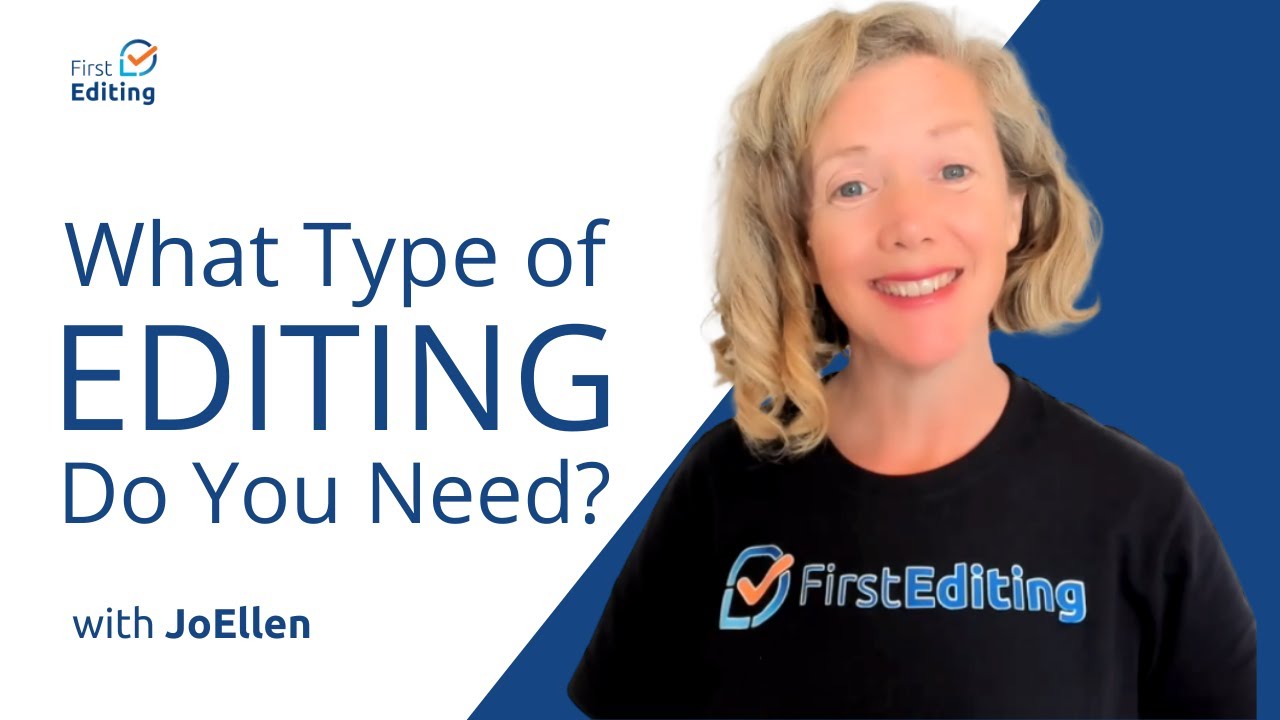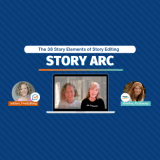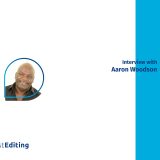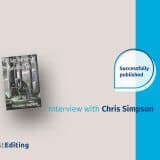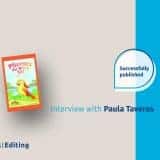
A press or news release is a statement issued to the media to announce a range of items, including events, awards, or new products or services. It is to generate feature news stories. In light of their aim, press releases need to be two things: accurate and exciting.
Journalists receive loads of press releases every day, and therefore have standards as to what they expect included in each release.
The best way to tackle the fearsome press release is by answering the most fundamental questions every journalist asks when covering a story:
Who – What – Where – When – Why
Once you’ve got all of that information nailed down, you’re ready to begin drafting your press release.
The Headline
The headline is your chance to grab the attention of the journalist—remember, with press releases, you only get one shot. Encapsulate the content of your press release in one sharp, concise, and catchy sentence. Bold and center your headline on the page. Check to see if your word processing software includes a press release template.
The Body
Begin with the date and city in which the news item originated; in point form.
Now, pull together your “who – what – where – when – why” into short, concise sentences that briefly explain your press release.
Use the third paragraph to give your press release a personal touch here—expose the “human interest” side of your news item. Why will people care? Who will be affected? Explain in further detail why your item is newsworthy. Make it engaging and make it catchy. If it’s appealing, a journalist will bite.
Finally, don’t forget to include your contact information. The contact info you include should be specific to each press release, and should contain the following:
- Company name
- Media department’s name and contact person (if applicable)
- Business address
- Telephone and fax numbers with proper country/city codes and extension numbers
- Mobile phone number
- Email address
- Website address
- Time of availability for contact
A Simple Press Release
Final Tips
Use the Times New Roman font in size 12 to keep your press release clean and straightforward. Flashy fonts and layouts aren’t going to win you any points—they just mean more work for editors.
Keep it to one page. Once you’ve got a feel for writing press releases, your goal should be to have your press releases published as is. Papers today have shrinking page counts and are often short-staffed. If you can provide copy that’s publishable with little to no editing, you’re more likely to see your press release in print.
While creating a press release may take some practice, remember that you are not alone. Having another pair of eyes reviewing your press release is an excellent idea. A professional editor, such as the editors at FirstEditing.com, will review your press release for editing and formatting, ensuring your press release is perfected and ready for media submission.
Come back tomorrow when we explain How to send your press release.
Originally posted 4/7/2010 and happily updated 11/14/2017. Thanks for reading!




